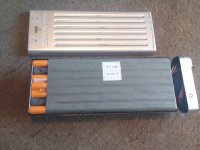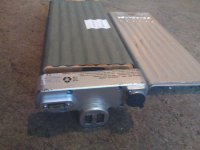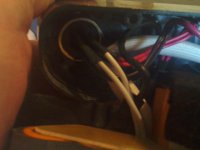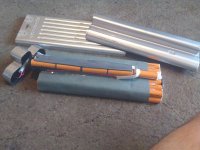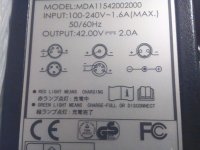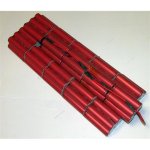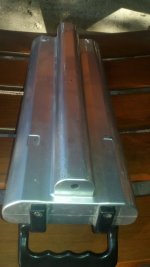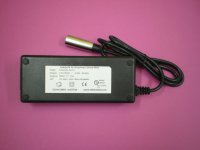Hi; I get a second hand LifePO4 Schachner 36v / 9Ah batt XLR 5 pin mother-plug (measured, indicates 33V and can spin a brush motor-meaning battery is good). I tried to charge it with a TranzX charger 42V 2Ah XLR5 pin designed for my old TranzX Li-Ion BL05 battery, but the green LED, do not turn red, and both, battery and charger do not get warm as should do when charge.
Baterries (TranzX & Schachner) have the same plug XLR 5 pin and the charger works perfect on the TranzX battery charging it.
Can be different wiring behind the mother plug of the Schachner, or perhaps an electronic issue? Both batteries where made for european market and I suppose that the plug wiring should be the same.
I remind that on the charger write to be used on Li-Ion without telling something if it can be used on LifePO4.
Baterries (TranzX & Schachner) have the same plug XLR 5 pin and the charger works perfect on the TranzX battery charging it.
Can be different wiring behind the mother plug of the Schachner, or perhaps an electronic issue? Both batteries where made for european market and I suppose that the plug wiring should be the same.
I remind that on the charger write to be used on Li-Ion without telling something if it can be used on LifePO4.


